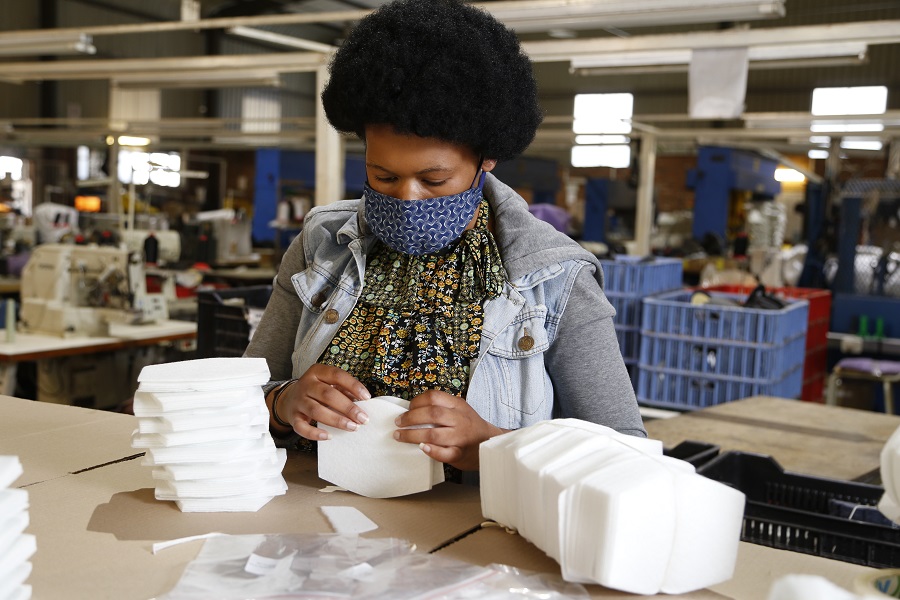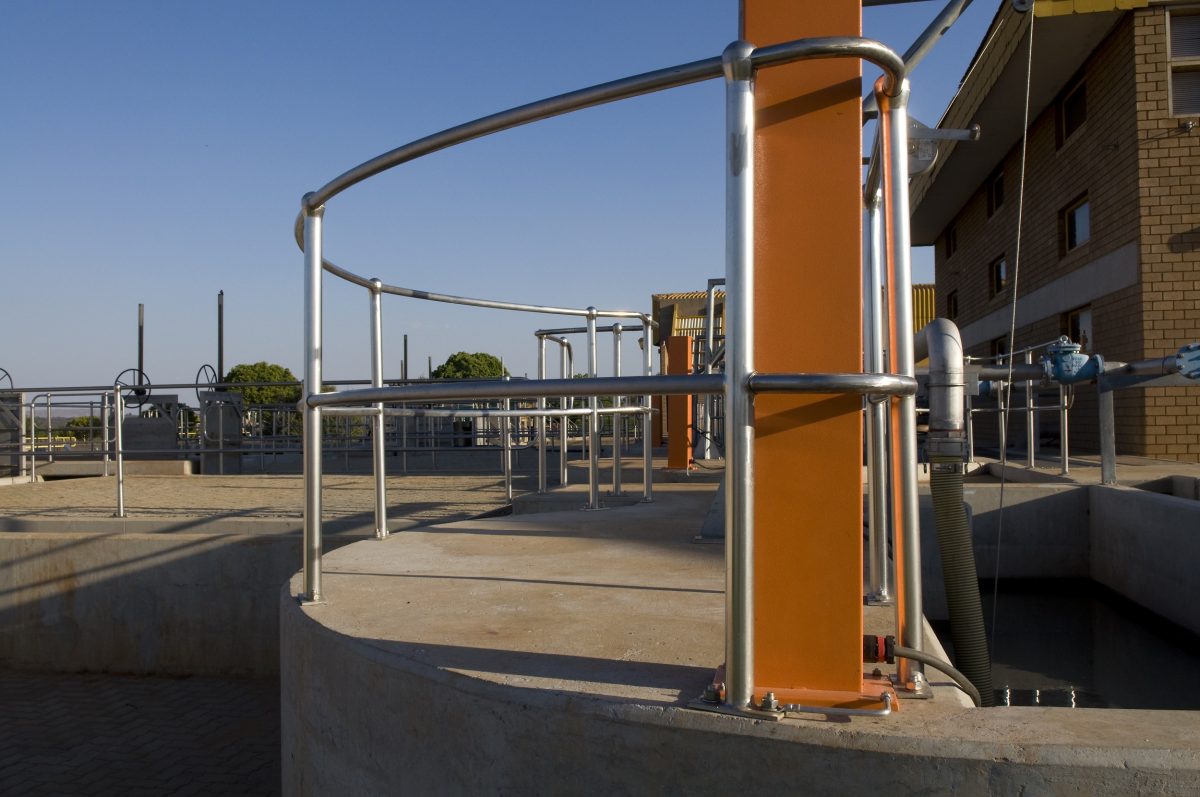
In this tough economic climate purchasing decisions are, in many cases, based on price alone. This is of major concern as individuals with little understanding of the technical aspects behind a product such as handrailing can unwittingly compromise the safety of people.
Dean Weil, operations executive of Mentis Africa, cautions those making this type of purchasing decision to carefully review its selection of handrailing more thoroughly.
“Cheaper handrailing invariably means that thinner material is being used,” Weil says. “This could have a serious impact on the safety of personnel working on the plants where the product is installed. Thinner material being used in handrail manufacture obviously impacts on its structural integrity and will affect its strength over the long term.”
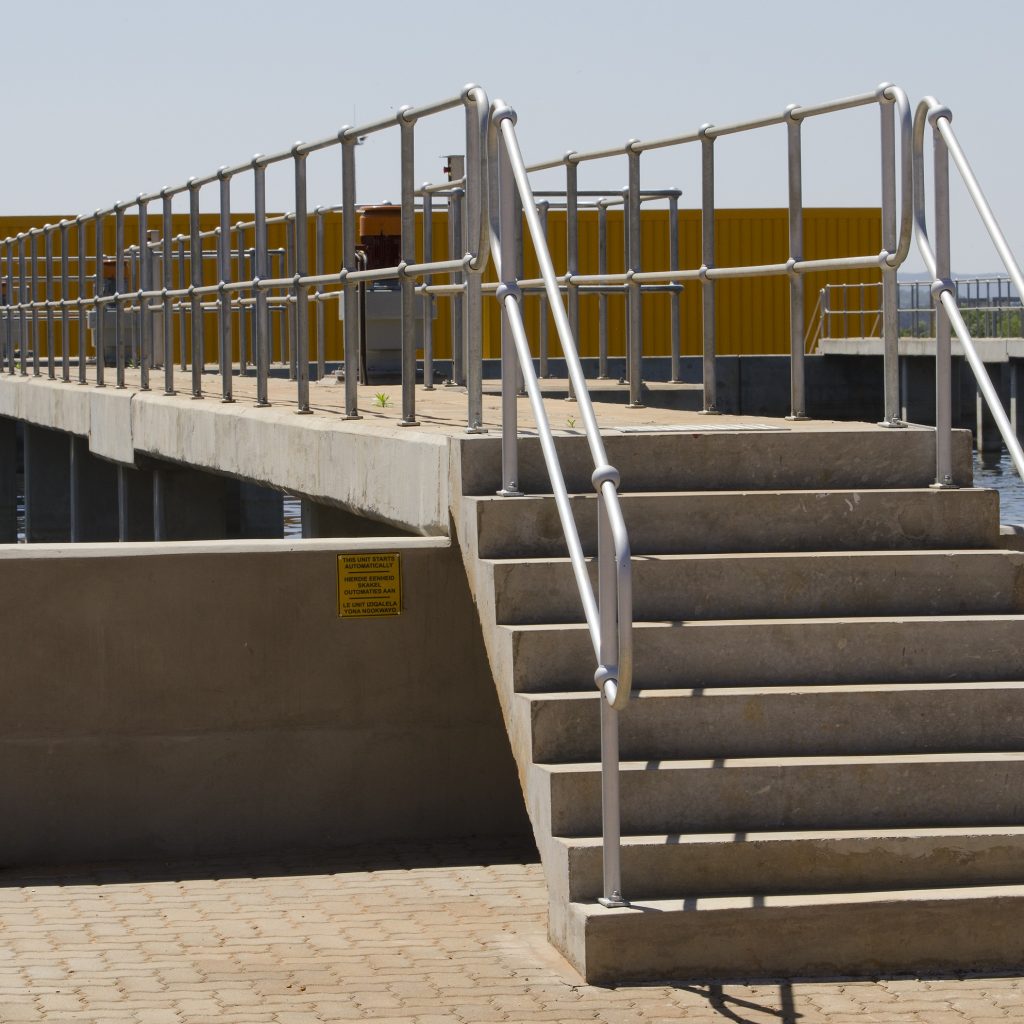
Price over quality more expensive in long run
“In the event that the sub-standard product fails, the consequences to the company concerned could be much higher than the original savings it managed to achieve,” he says. “It makes good business sense to buy products of the correct quality, with sound structural integrity, that will contribute towards a safe working environment.”
The quality of handrailing systems in South Africa is governed by an industry standard arrived at by independent authorities, based on numerous tests to determine the correct material and specifications that ensure handrail is able to withstand a certain level of pressure and force. This includes the stanchions or uprights, as well as the horizontal rails.
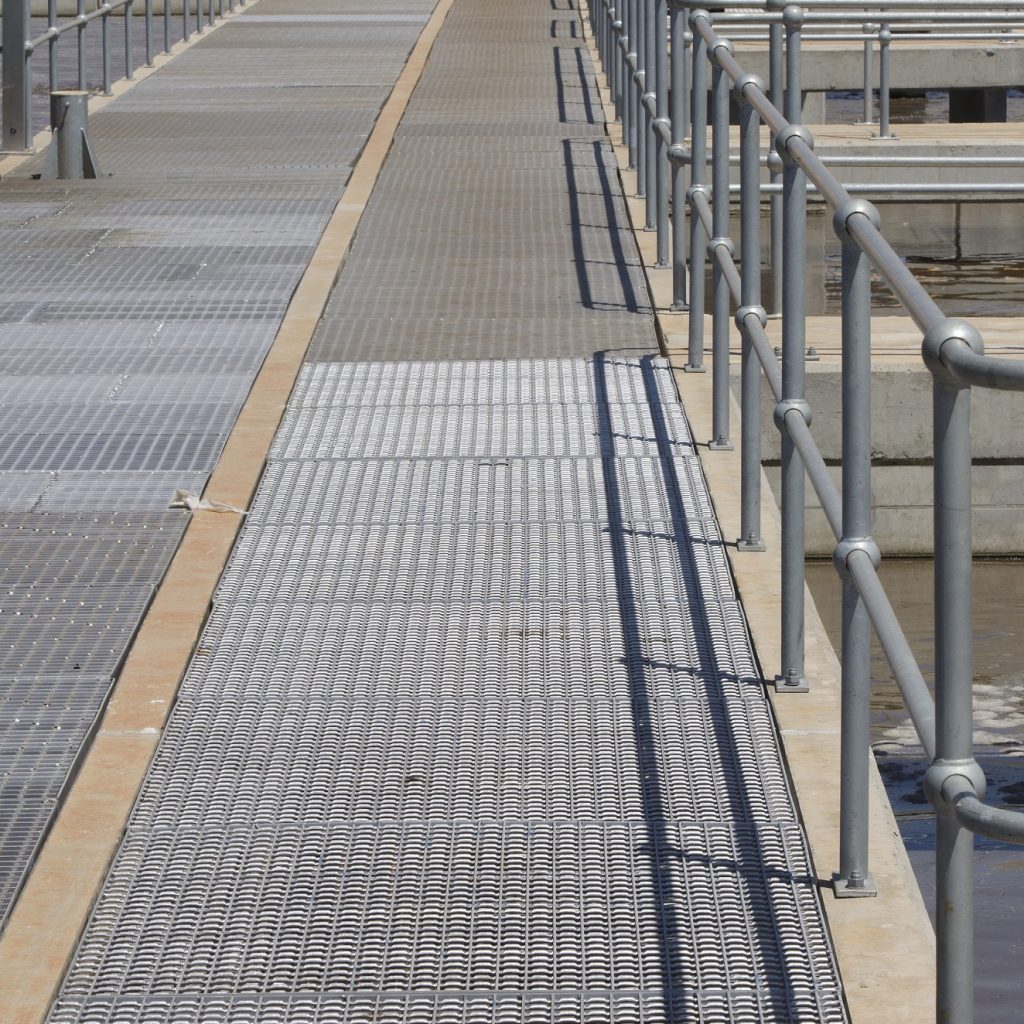
Know your industry standards
The standard accepted base plate in local industry for a stanchion or upright is, for example, 10 mm thick, in order to deliver the appropriate load-bearing support for the stanchion and meet all safety requirements.
“Bases are being made available to the market that are only 8 mm thick,” Weil says. “Someone without sufficient technical knowledge could easily assume that a difference of just 2 mm cannot make a significant difference to the integrity of the product. Yet tests have proved that a 10 mm base is almost twice as strong as an 8 mm base.”
According to the industry standard, the bottom tube of the stanchion should have a wall thickness of 2.5 mm. Weil says the same applies here — inferior products with wall thicknesses of 2 mm and 1.6 mm are currently being put into use. Again, tubes with the specified 2.5 mm wall thickness have been tested and shown to be at least 20% stronger than the 2 mm and 1.6 mm tubes. The top tube should also have a minimum 2 mm wall thickness, but inferior products with a wall thickness of 1.6 mm are presently being utilised.
Installation standards
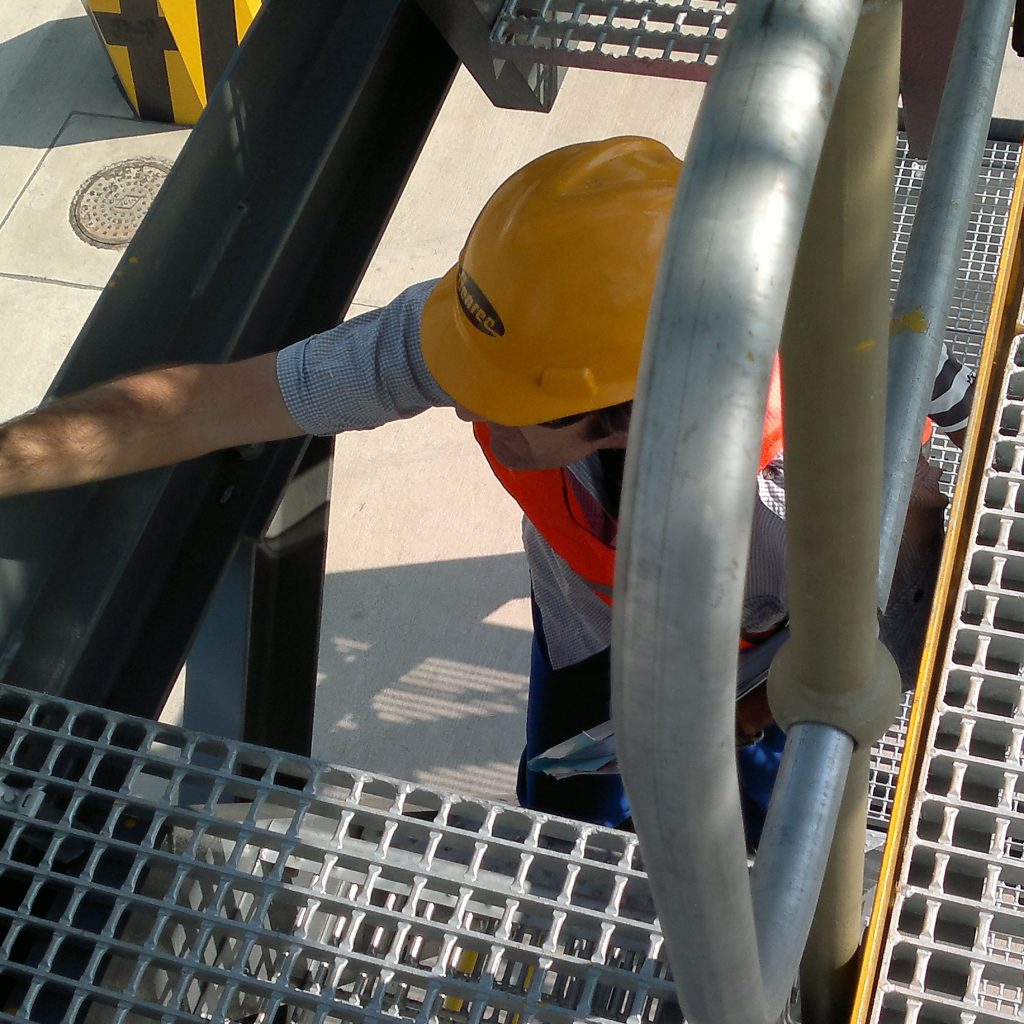
Handrails for industrial and general purposes should normally be of the two-rail type — comprising a handrail and a knee rail, supported on standards placed at suitable intervals. Handrailing should preferably, and always in areas where there are stairs, be continuous and have no obstruction on, above or near to it that could obstruct people’s hands as they move along it.
The recommended clearance between a handrail and any wall or object behind or below it is 65 mm.
Mentis Africa is the leading local manufacturer of high quality grating, expanded metal and handrailing systems in South Africa. With a legacy that goes back more than 70 years, today the company operates a comprehensively equipped facility in Johannesburg which is ISO accredited.
More news
- MVULE GARDENS, AFRICA’S LARGEST 3D-PRINTED AFFORDABLE HOUSING PROJECT
- PART 3: HARNESSING THE POTENTIAL OF HIGH SULPHUR FLY ASH IN CONCRETE PRODUCTION
- PART 2: HARNESSING THE POTENTIAL OF HIGH SULPHUR FLY ASH IN CONCRETE PRODUCTION
- PART 1: HARNESSING THE POTENTIAL OF HIGH SULPHUR FLY ASH IN CONCRETE PRODUCTION
- PART 2: DESIGN AND CONSTRUCTION OF SLAB-ON-GROUND: APPLYING ACI 318


